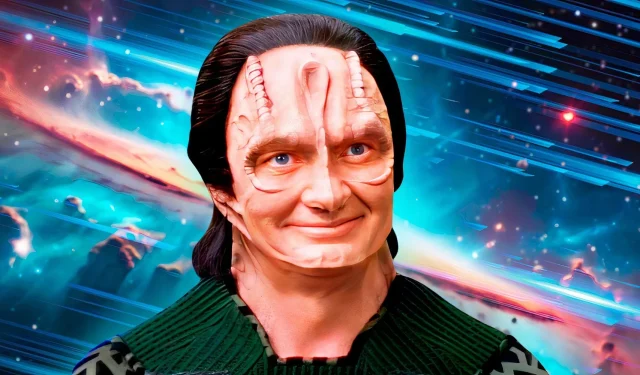Elim Garak, portrayed by Andrew Robinson, stands out as a captivating figure in the Star Trek: Deep Space Nine universe, serving far more than his stated role as a tailor. Since its debut in 1993, DS9 has redefined the Star Trek franchise by introducing a darker narrative peppered with morally ambiguous characters and a complex Dominion War storyline. First appearing in season 1, episode 3, titled “Past Prologue,”Garak swiftly became a fan favorite despite his limited presence in just 33 episodes out of a total of 176. His enigmatic nature and layered backstory make him one of the series’ most unforgettable characters.
Originally depicted as adversaries in Star Trek: The Next Generation, the Cardassians evolve throughout DS9, revealing their complexity and depth. Within this context, Garak emerges not only as a skilled tailor aboard Deep Space Nine but also as a pivotal figure who establishes deep connections with station personnel such as Dr. Julian Bashir (Alexander Siddig) and Constable Odo (René Auberjonois). His rich and shadowy history became crucial during the gritty realities of the Dominion War.
Garak: From Cardassian Spy to Tailor on Star Trek: DS9
“Do You Know What The Sad Part Is, Odo? I’m A Very Good Tailor.”
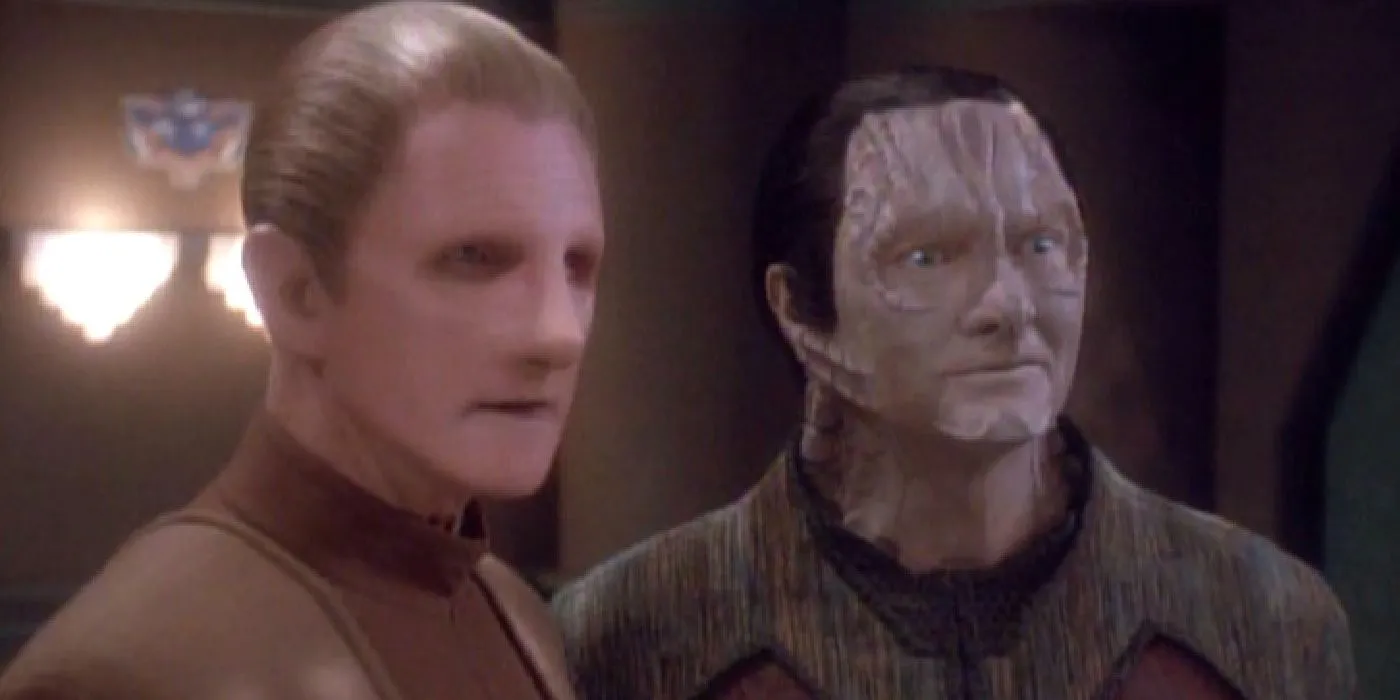
Before the events of Star Trek: Deep Space Nine, Garak had an illustrious yet treacherous career as a senior official in the Cardassian intelligence agency, the Obsidian Order. His upbringing was marred by mistreatment from his father, Enabran Tain (Paul Dooley), the head of the Order, who rejected Garak as his son. Garak’s experiences in Romulus, where he covertly served as a gardener at the Cardassian Embassy, remain shrouded in mystery, particularly concerning the unexpected deaths of notable Romulans during his tenure there.
Garak’s tenure with the Obsidian Order honed him into a master interrogator, renowned for his prowess in deceit and manipulation. At some point, he turned against Tain, leading to a deadly fallout that resulted in Garak’s exile from Cardassia Prime. Seeking refuge, he settled on Terok Nor, which later became known as Deep Space Nine. While adjusting to life in exile, he established a tailoring shop on the Promenade. Despite his new life, Garak’s longing for Cardassia and its redemption always lingered.
The Motivation Behind Garak’s Alliance with Starfleet in the Dominion War
“That’s Why You Came To Me, Isn’t It, Captain? Because You Knew I Could Do Those Things That You Weren’t Capable Of Doing.”
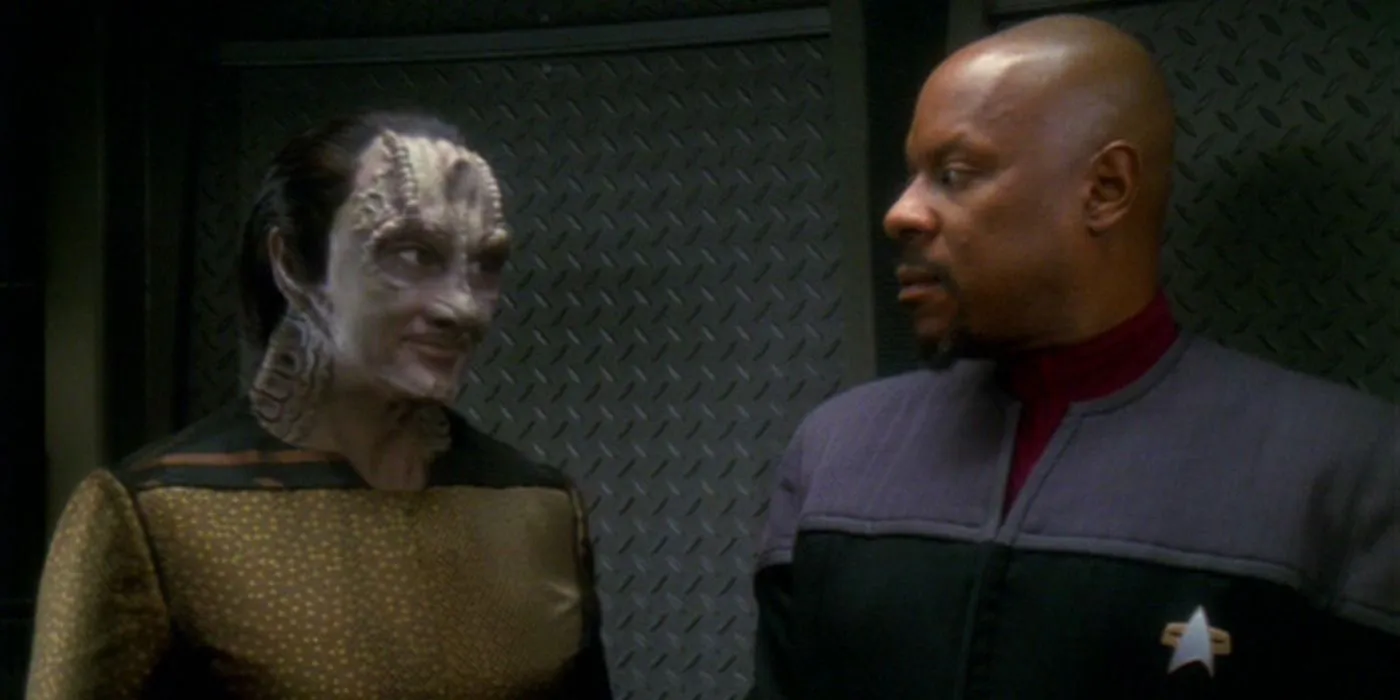
Despite his Cardassian heritage, Garak allied with Starfleet during the tumultuous Dominion War. When Starfleet was compelled to retreat from Bajoran space, Garak eagerly joined the USS Defiant crew, expressing disdain for the station under Gul Dukat’s (Marc Alaimo) command. Throughout his time on DS9, he forged conducive relationships with the crew, earning their trust. Garak’s motivation for fighting wasn’t rooted in hatred for Cardassia; instead, he believed that defeating the Dominion was paramount for everyone’s future.
His extensive knowledge of Cardassian tactics proved invaluable in the war effort, complemented by his spy and assassin training. A definitive moment occurred in DS9 season 6, episode 19, “In the Pale Moonlight,”when Garak orchestrated a scheme to entice the Romulans into joining the fight against the Dominion by fabricating incriminating evidence and assassinating a senator. Later, he utilized his skills to decode vital Cardassian communications for Starfleet Intelligence, grappling with the moral implications of his actions and their consequences for his home planet.
Garak’s Post-DS9 Journey
“The Truth Is Usually Just An Excuse For Lack Of Imagination.”
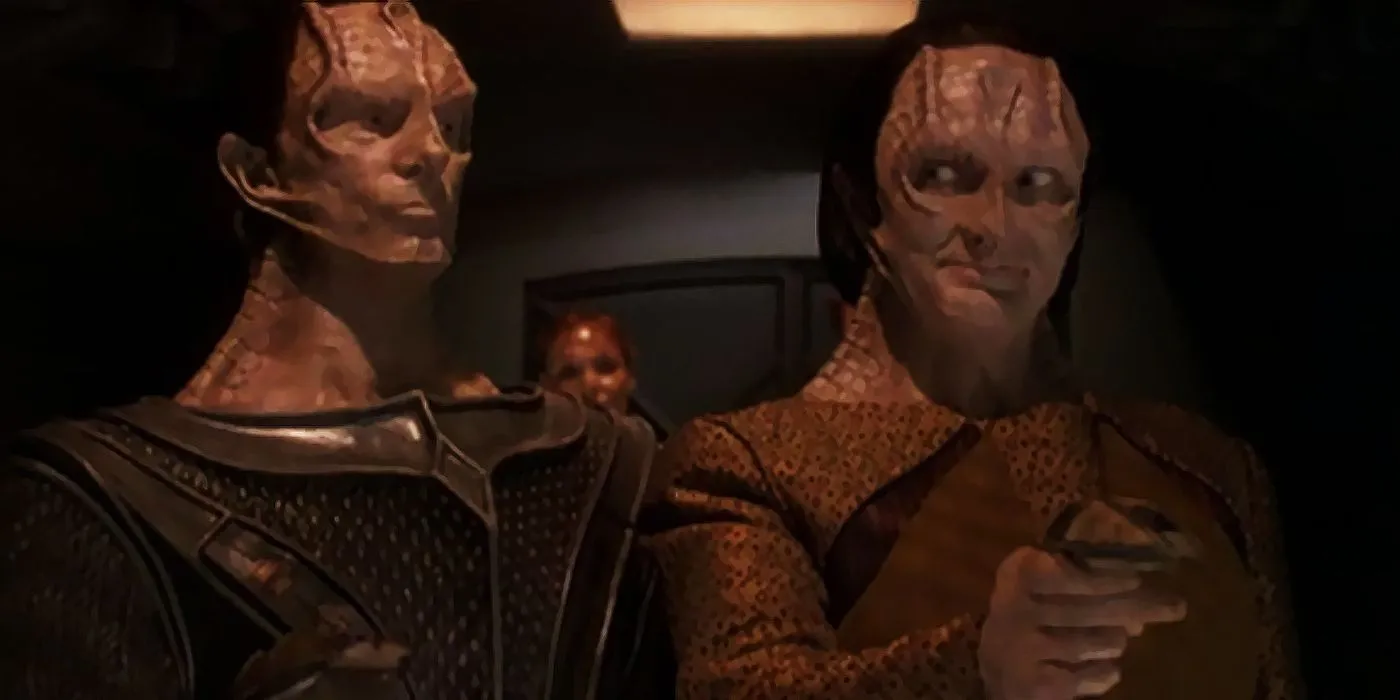
As the Dominion War neared its conclusion and a Federation invasion loomed over Cardassia Prime, Garak played a crucial role in spearheading a civilian uprising against Dominion control. As the Dominion retaliated by devastating a Cardassian city, the tide began to turn as Cardassian forces started rebelling against their oppressive overlords. In the aftermath of the conflict, Garak decided to remain on Cardassia to aid in its reconstruction efforts. Faced with the daunting reality of over 800 million Cardassian lives lost, he confronted the grim truth that Cardassia had changed forever while also acknowledging the harm his people had inflicted.
Garak’s concluding scene in Star Trek: Deep Space Nine was a poignant farewell to Dr. Julian Bashir, whom he referred to as “such a good friend,”expressing his sorrow about missing their shared lunches.
While Star Trek: Deep Space Nine left some threads of Garak’s story untold, various tie-in novels have further explored his journey. In A Stitch in Time, authored by Robinson himself, Garak continued his life on Cardassia, advocating for democratic reforms during the planet’s recovery. Some narratives even depict him taking on the role of the Cardassian Ambassador to the Federation. Regardless, his enduring attachment to his homeworld suggests that Garak would remain a vital figure in Cardassia’s future.
Garak’s Unexpected Return in Star Trek: Lower Decks
“In Some Dimensions, I’m A Tailor…”
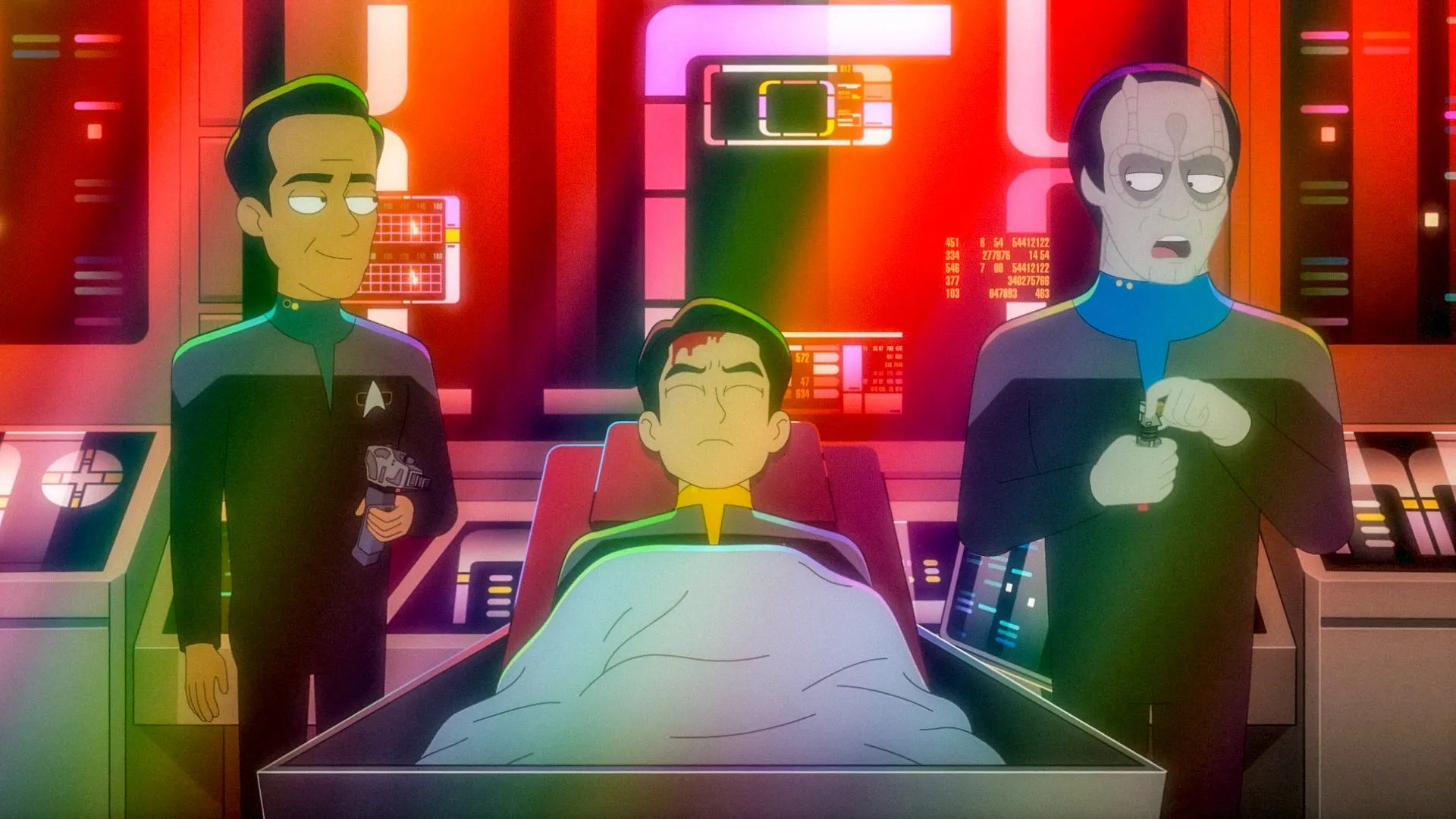
In season 5 of Star Trek: Lower Decks, the quest begins to unravel the mystery behind various quantum fissures that create wormholes to alternate dimensions. In episode 9, titled “Fissure Quest,”Captain William Boimler (Jack Quaid) of Section 31 assembles a motley crew of Starfleet officers from alternate realities, among whom is a version of Garak who assumes the role of ship’s surgeon on the Anaximander. Here, Garak emphasizes that in certain dimensions, he remains fundamentally a tailor.
Following his encounters with an Emergency Medical Hologram of Dr. Julian Bashir, the two characters get married. During a rescue mission against formidable “feral Khwopians,” Garak asserts his expertise, stating, “I am a surgeon, but not just,” thus showcasing his true abilities as he effectively defends his crew. Garak continues to captivate audiences as one of Star Trek: Deep Space Nine’s standout characters, with his reappearance in Star Trek: Lower Decks serving as a delightful and fitting nod to his legacy.
